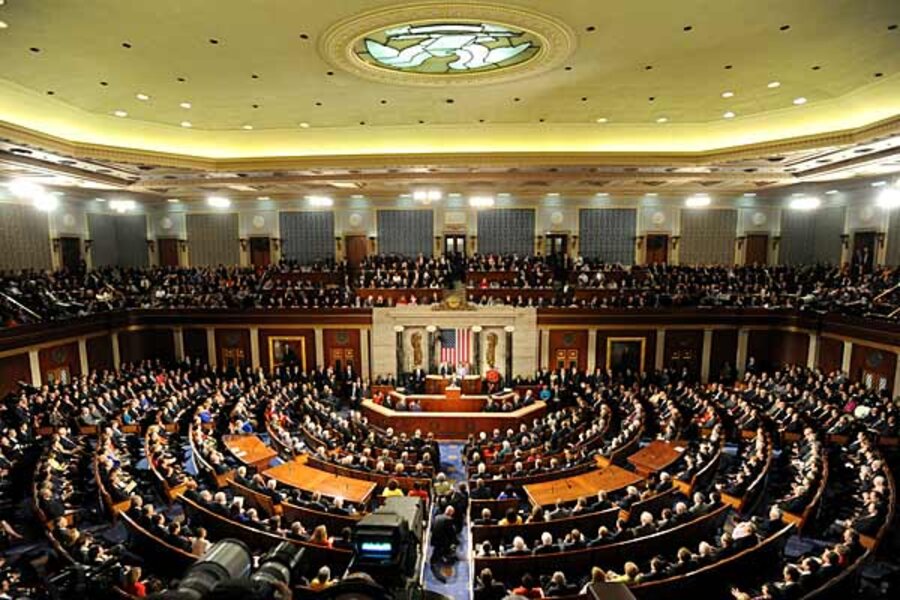Just as the recent elections saw a GOP takeover of the US House of Representatives (and more Republicans in the Senate), the list of "winners" and "losers" in terms of population – and therefore in congressional districts – appears to benefit Republicans.
As an analysis by the Gallup polling organization shows: "Each of the 10 states losing congressional seats as a result of the newly announced 2010 census reapportionment process is politically Democratic, based on a Gallup political identification measure from the first six months of this year. Five of the eight states gaining seats skew Republican."
On the other hand, Latinos are the fastest-growing minority group in the country. More often than not, Latinos vote Democratic (as was most evident in California's election for governor and US senator), and this could affect some states that the GOP has been relying on, until now.





